Eastern Europe harbors countless hidden gems – small towns frozen in time that tell
extraordinary tales of resilience, culture, and historical significance. From abandoned
mining communities to preserved medieval settlements, these lesser-known
destinations offer glimpses into fascinating chapters of European history that many
travelers overlook.
Join us on a journey through 15 remarkable forgotten towns that deserve a place on
your travel radar.
Pripyat, Ukraine
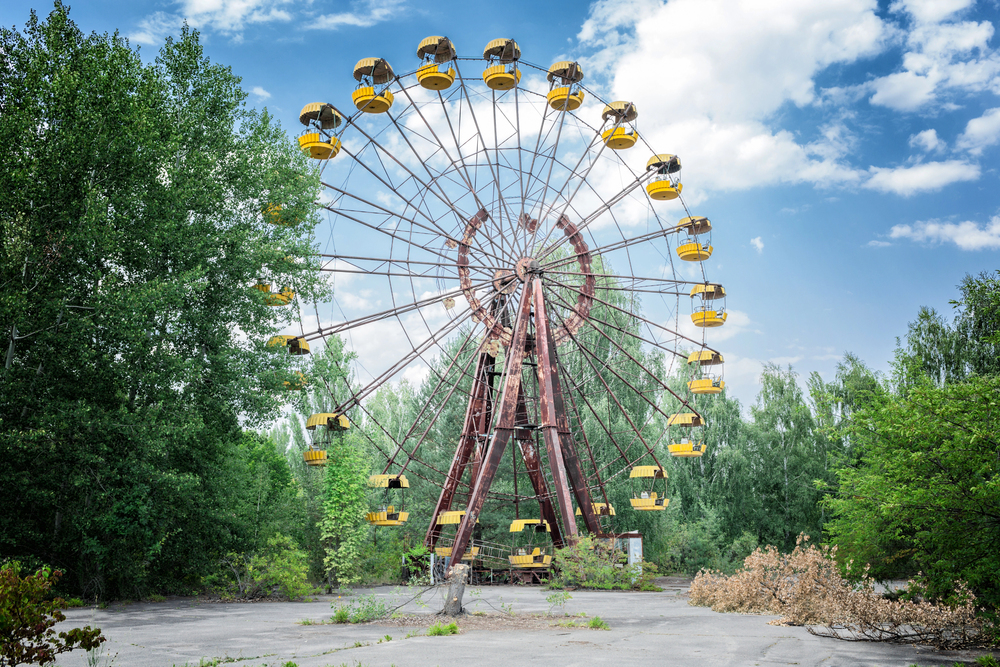
This haunting former Soviet city has been frozen since the 1986 Chornobyl disaster.
The abandoned Ferris wheel in the never-open amusement park has become an
iconic symbol of the nuclear catastrophe’s human cost. The city’s empty apartment
blocks, schools, and public spaces create an eerie time capsule of Soviet life.
Nature has slowly reclaimed much of the urban landscape, with trees growing through
buildings and wildlife roaming the quiet streets. The site now serves as a powerful
warning about nuclear safety and a unique destination for dark tourism.
Belchatow, Poland
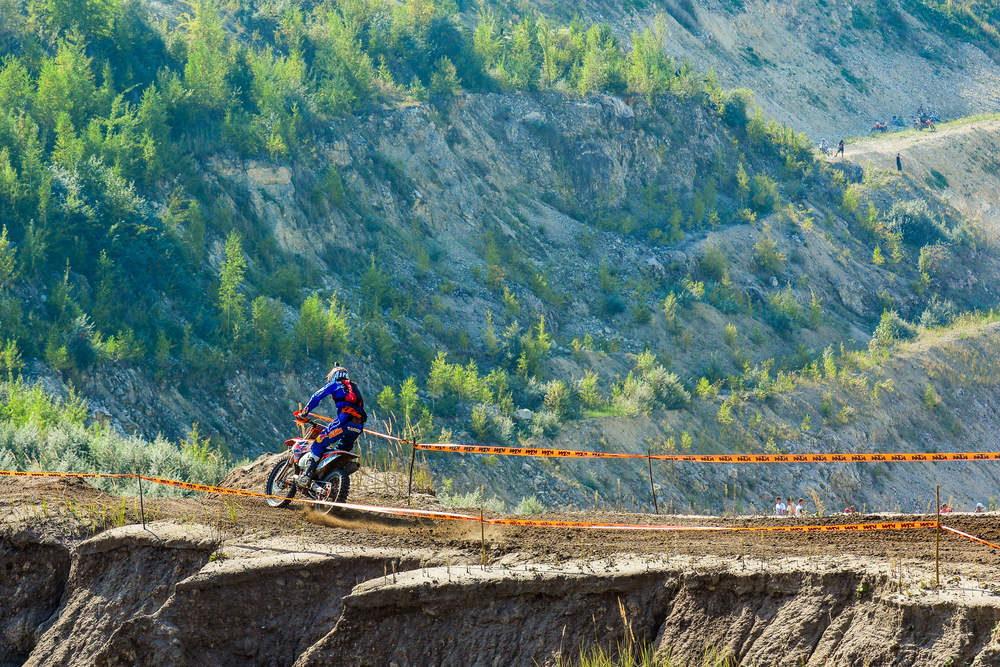
This industrial town grew around what became Europe’s largest brown coal mine,
which is over 12 miles long. The massive excavation site beside the town resembles
a lunar landscape, with massive machines moving the earth day and night.
The town’s unique culture developed around the mining industry, with generations of
families working in the pit. Local museums showcase mining equipment and artifacts
that tell the story of Poland’s industrial heritage.
The community faces an uncertain future as Europe transitions from coal power.
Like Travel Pug’s content? Follow us on MSN.
Koprivshtitsa, Bulgaria
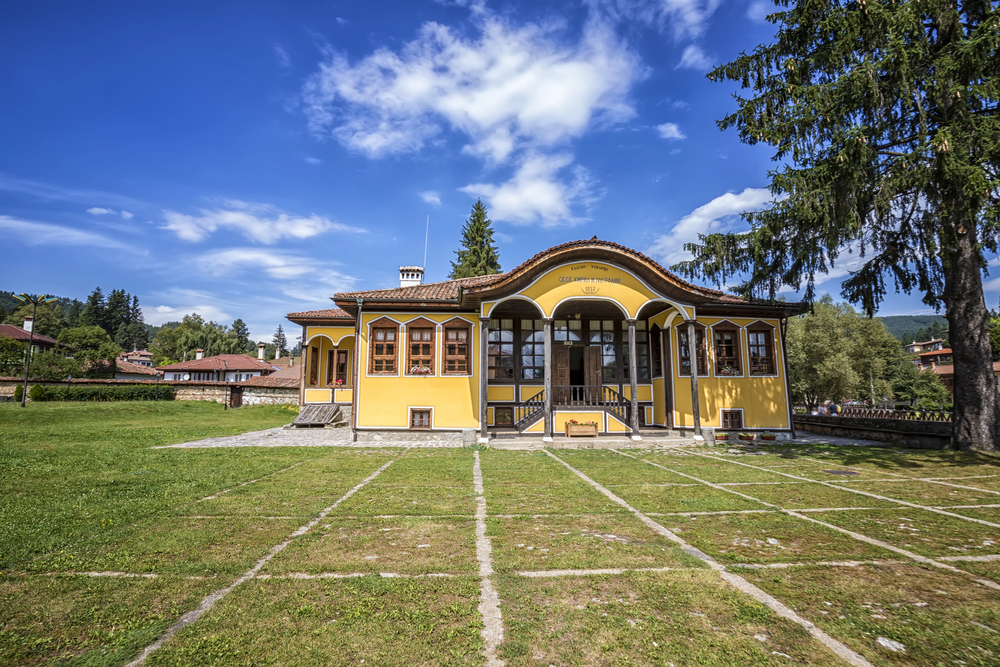
This mountain town showcases some of the finest examples of Bulgarian National
Revival architecture. In the 19th century, wealthy merchants built elaborate wooden
houses featuring intricately carved ceilings and colorful frescoes.
The town played a crucial role in Bulgaria’s uprising against Ottoman rule, with the first shot of the April Uprising fired here in 1876. Local artisans continue traditional crafts like carpet weaving and wood carving, passing skills down through generations.
The town’s annual folk festival draws performers from across Eastern Europe, celebrating traditional music and dance.
Viscri, Romania

This Saxon village in Transylvania caught international attention when Prince
Charles purchased and restored a traditional farmhouse here. The UNESCO-listed
fortified church dominates the skyline, telling stories of medieval Saxon settlers who
defended their community against Ottoman raids.
Traditional methods of farming and craftsmanship have continued largely unchanged since medieval times. The village’s preservation efforts have created a model for sustainable rural tourism in Romania.
Local families maintain their ancestors’ traditional lifestyle while adapting to modern opportunities.
Aggtelek, Hungary
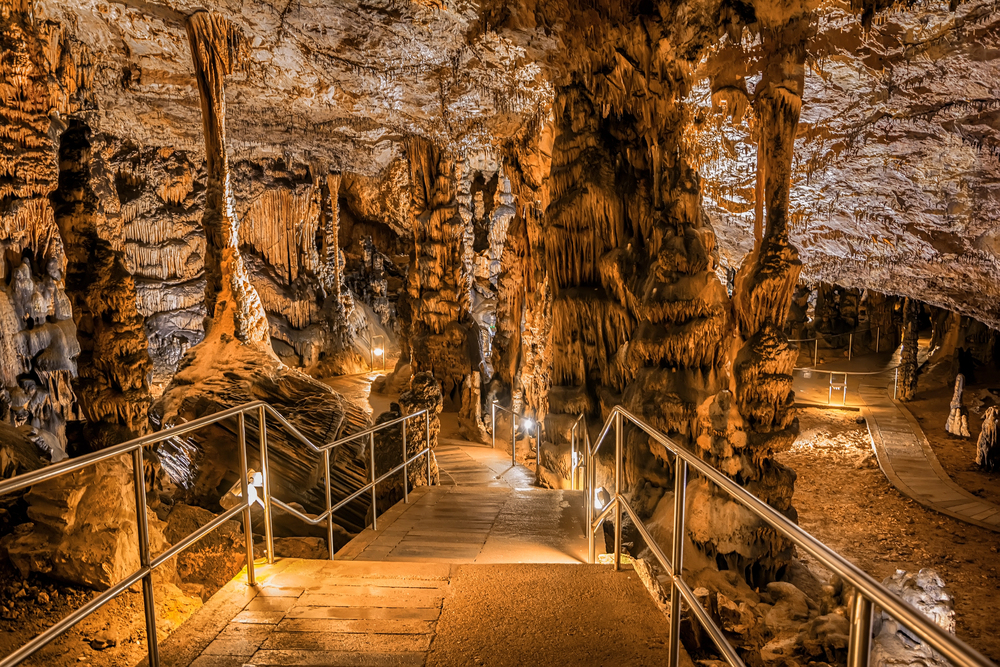
This small village is the gateway to Hungary’s most spectacular cave system,
stretching over 15 miles into neighboring Slovakia. The limestone caves contain the
largest stalactite formation in Europe, measuring an impressive 75 feet in length.
The surrounding karst landscape has earned UNESCO World Heritage status for its
unique geological features. Traditional shepherding practices continue in the rolling
hills around the village, maintaining centuries-old agricultural traditions.
The community has embraced ecological tourism while preserving its rural character.
Like Travel Pug’s content? Follow us on MSN.
Červený Kláštor, Slovakia
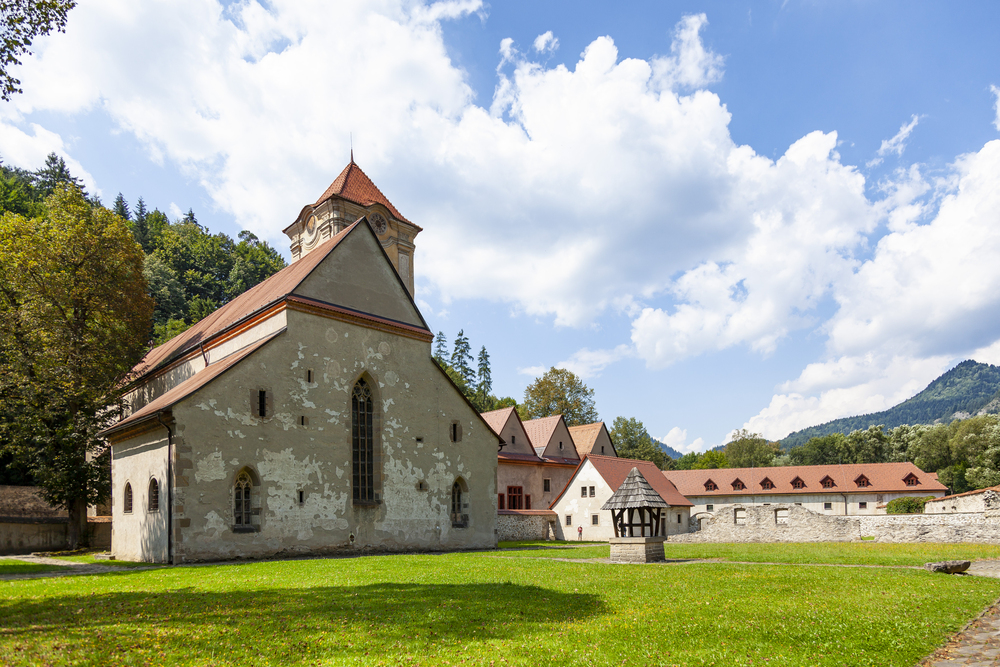
This remote monastery town in the Pieniny Mountains contains centuries of monastic
history. The monastery’s medieval pharmacy remains intact, displaying ancient
herbal remedies and medical manuscripts.
Local legends tell of a flying monk who attempted to cross the mountains in the 18th century using homemade wings. The surrounding wilderness provides a habitat for rare European wildlife, including golden eagles and lynx.
The town’s position on the Polish border has created a unique blend of cultural influences.
Kuldīga, Latvia
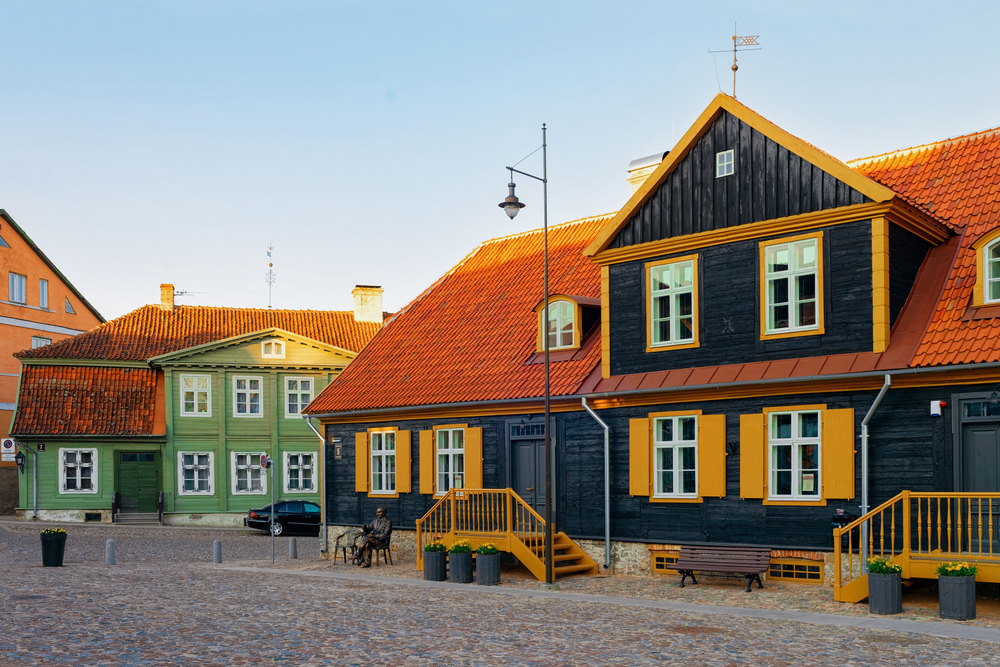
This Hanseatic town boasts Europe’s widest waterfall, stretching 815 feet across the
Venta River. The medieval brick bridge spanning the river offers perfect views of
local fishermen catching salmon using traditional basket traps.
The old town contains the highest concentration of 17th and 18th-century wooden architecture in Latvia. Narrow cobblestone streets wind between buildings that lean at odd angles, creating picturesque views around every corner.
The town’s baroque church spire dominates the skyline, visible for miles across the surrounding countryside.
Drvengrad, Serbia
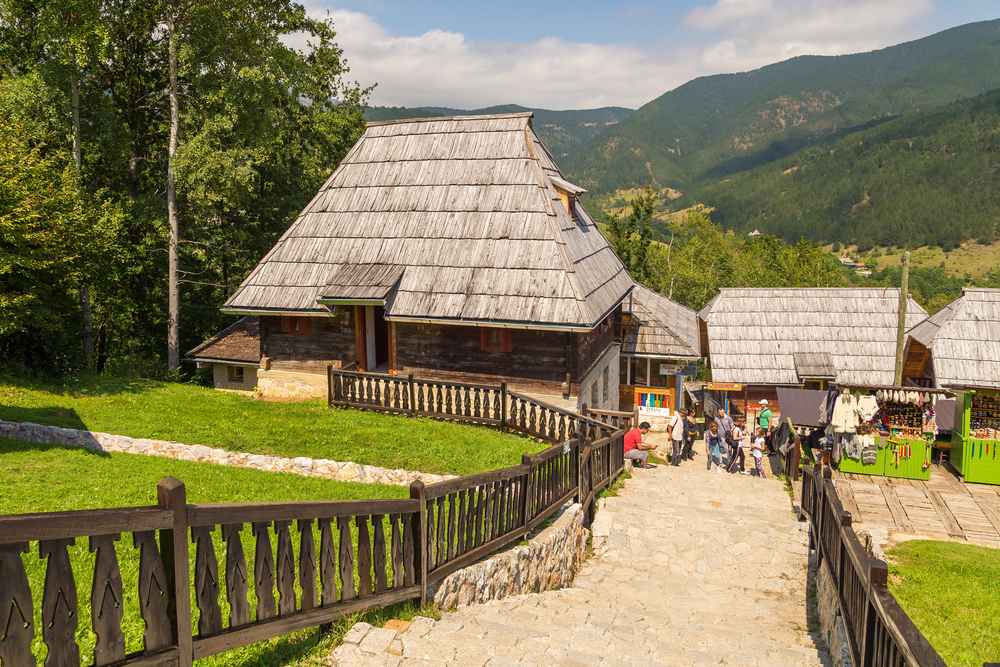
This traditional village was built as a film set by director Emir Kusturica but has
become a living community. The wooden buildings showcase traditional Serbian
mountain architecture, with each street named after famous filmmakers and cultural
figures.
The village hosts an annual independent film festival that draws artists from across Eastern Europe. Traditional crafts workshops keep Serbian mountain culture
alive through hands-on experiences.
The surrounding Zlatibor Mountains offer spectacular hiking and skiing opportunities.
Like Travel Pug’s content? Follow us on MSN.
Püspökvár, Hungary
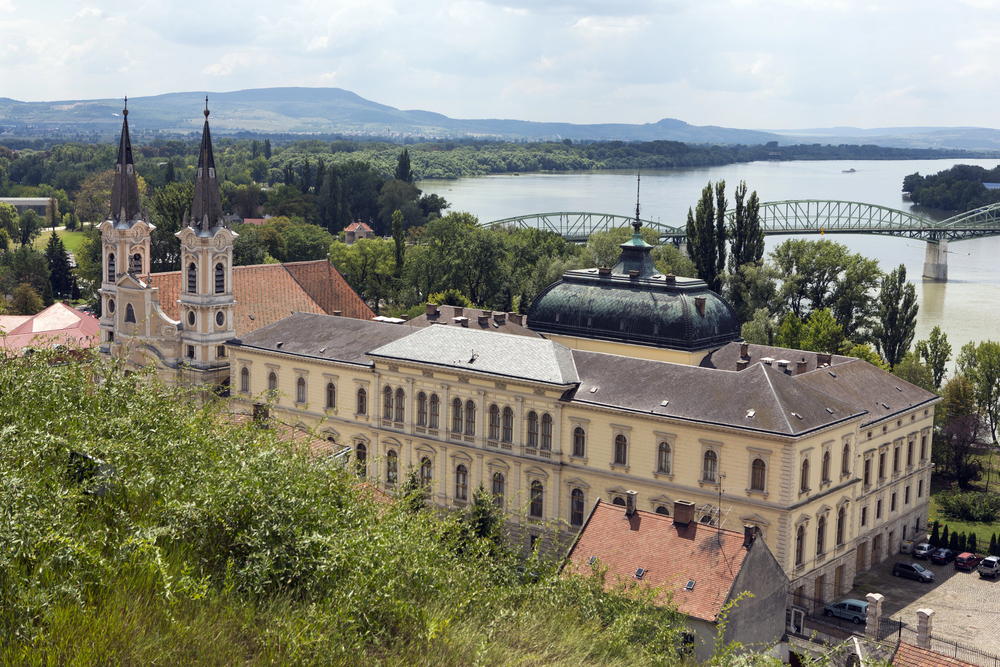
This forgotten episcopal town contains a perfectly preserved baroque castle complex
that once housed powerful church leaders. The castle’s wine cellars stretch for miles
underground, storing vintages from the surrounding vineyards that date back
centuries.
Local folklore speaks of secret tunnels connecting the castle to monasteries across the region. The town’s traditional thermal baths have operated continuously since Roman times.
The community maintains its wine-making traditions while adapting to modern tourism.
Rēzekne, Latvia
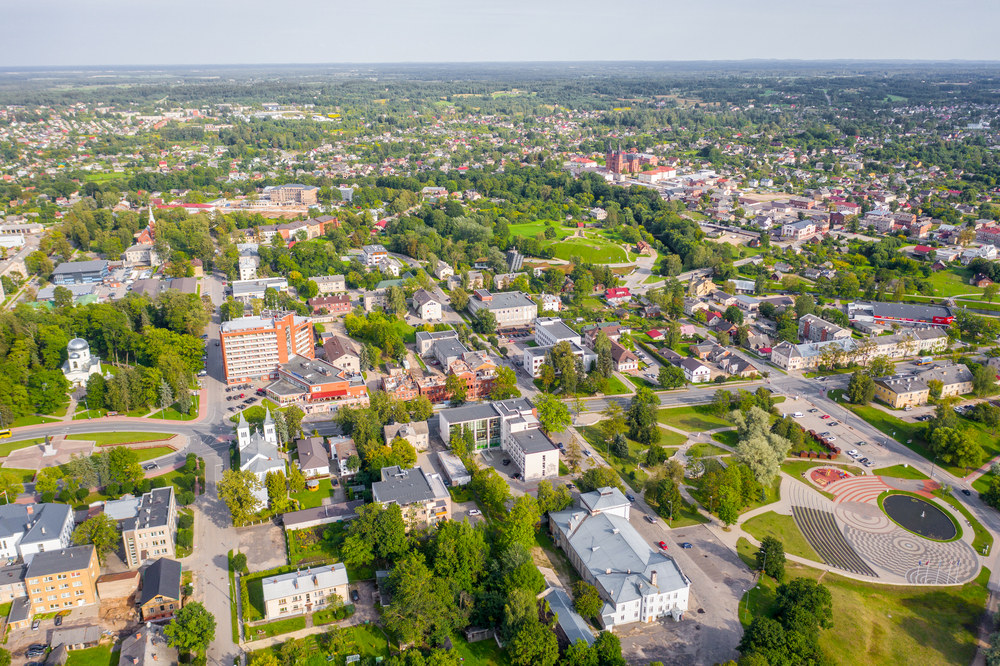
This multicultural town in Latvia’s Latgale region shows strong influences from
Polish, Jewish, and Russian heritage. The town’s hilltop castle ruins tell stories of
medieval power struggles between Baltic tribes and German knights.
Traditional pottery workshops continue centuries-old techniques unique to the Latgale region. The town’s wooden Orthodox and Catholic churches demonstrate the peaceful
coexistence of different faiths.
Local museums preserve the region’s distinct dialect and cultural traditions.
Butuceni, Moldova
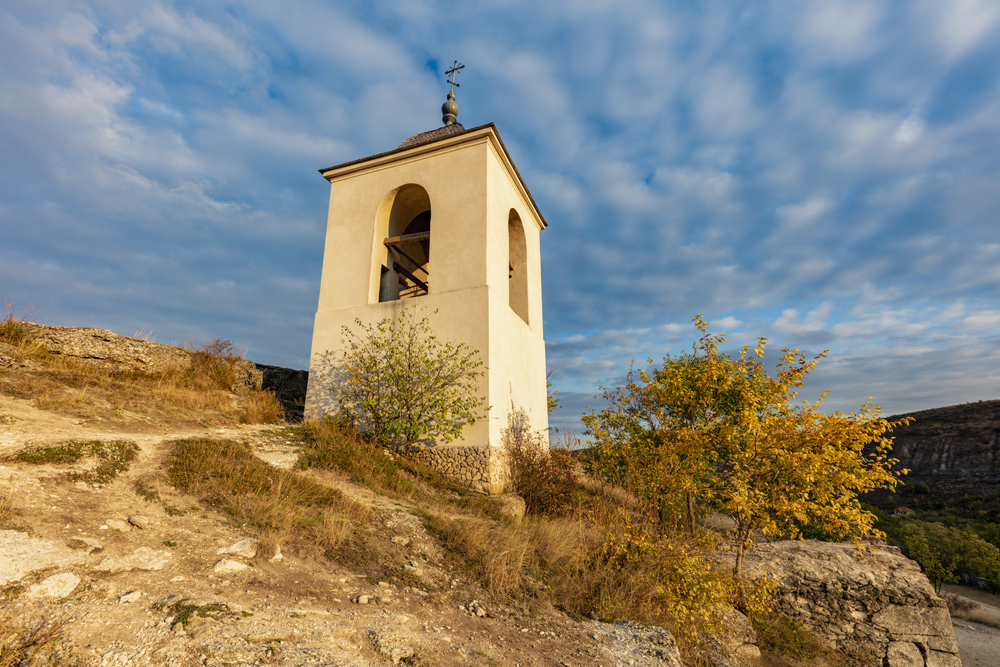
This village perfectly preserves traditional Moldovan rural life within the dramatic
landscape of Orheiul Vechi. Ancient cave monasteries carved into limestone cliffs
overlook the meandering Răut River.
Villagers maintain traditional agricultural practices, including wine-making methods passed down through generations. The community has embraced agritourism while preserving authentic Moldovan customs and architecture.
Local festivals celebrate traditional music, dance, and culinary heritage yearly.
Like Travel Pug’s content? Follow us on MSN.
Świeradów-Zdrój, Poland
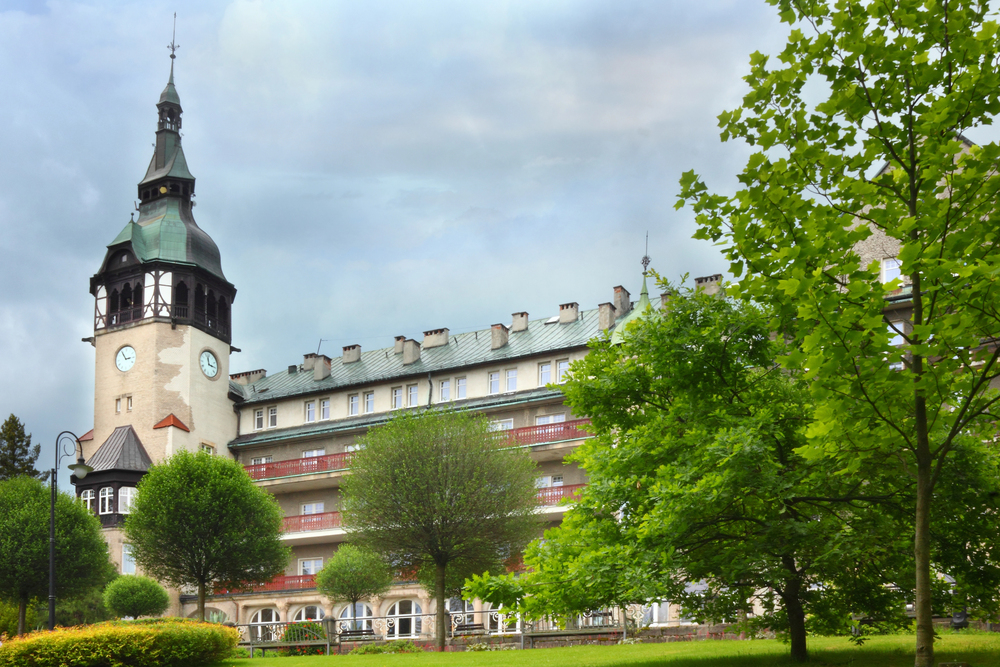
This spa town in the Jizera Mountains features unique Art Nouveau architecture and
healing mineral springs. Its distinctive curved wooden colonnade shelters visitors as
they ‘take the waters, ‘ following century-old health traditions.
Local glassworks continue the region’s tradition of fine crystal production, dating back to medieval times. The surrounding mountains contain mysterious granite formations that are a feature of local legends.
The town balances its historic spa culture with modern wellness tourism.
Tryavna, Bulgaria
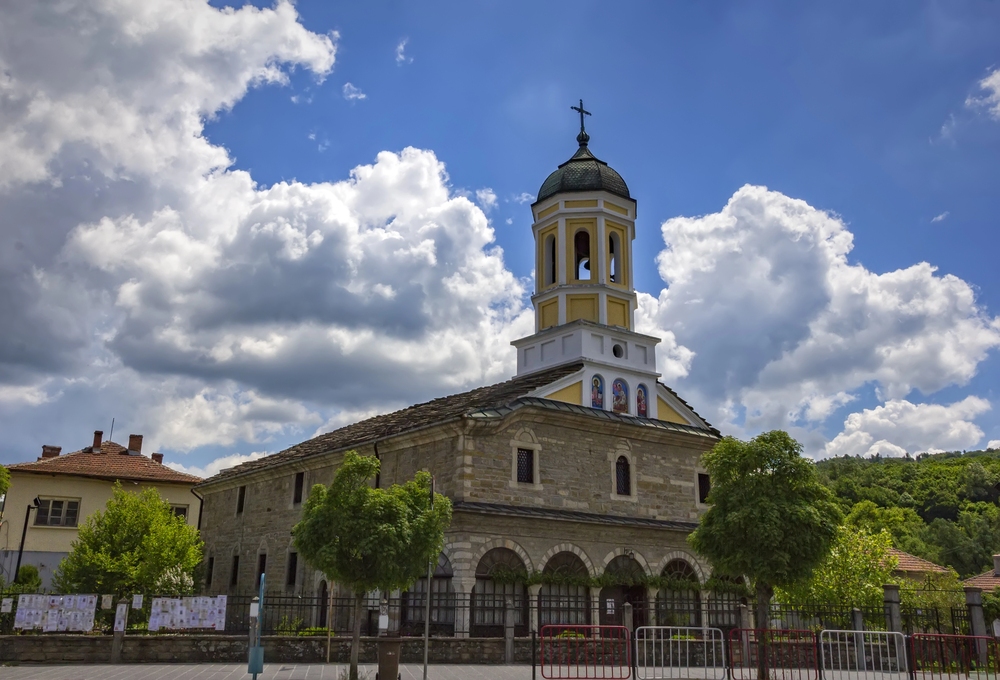
This mountain town preserves the artistic heritage of Bulgarian woodcarving through
its famous art school. The town’s central square features a unique solar clock tower
that has kept time for centuries.
Master artisans continue creating intricate wooden ceilings and furniture using traditional tools and techniques. The local icon painting school maintains medieval Bulgarian artistic traditions.
Museums showcase the town’s role in preserving national craft heritage during Ottoman rule.
Rimetea, Romania
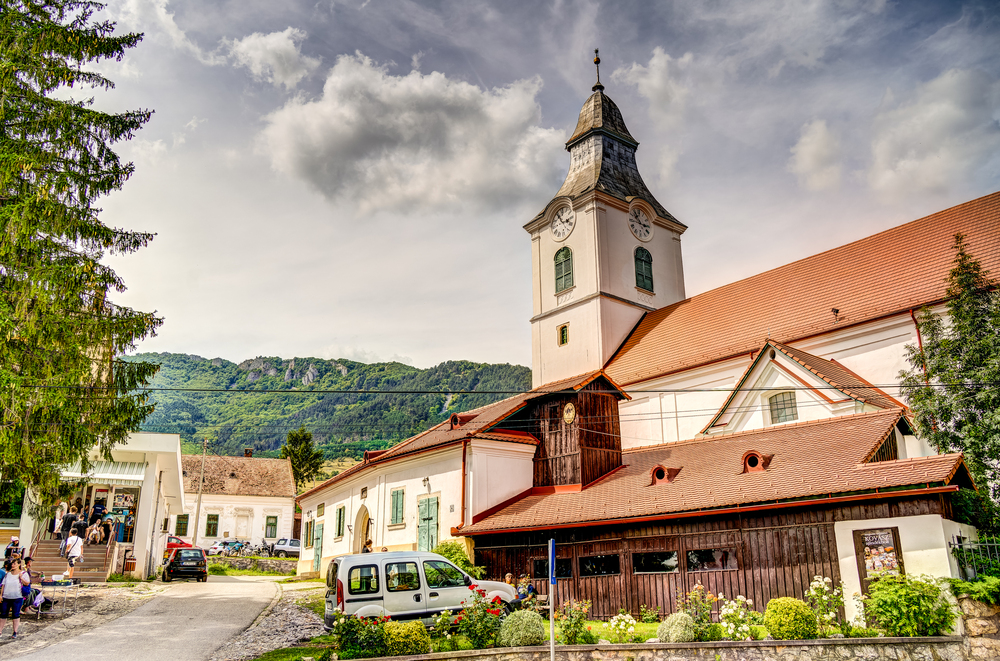
This village in the Transylvanian Alps features distinctive white houses with green
windows that reflect Hungarian architectural influence. The dramatic backdrop of
Piatra Secuiului mountain creates one of Romania’s most spectacular village
settings.
Traditional iron mining and blacksmithing shaped the community’s development over the centuries. Local families maintain their Hungarian cultural heritage while embracing Romanian traditions.
The village has become a model for cultural preservation in multiethnic communities.
Like Travel Pug’s content? Follow us on MSN.
Kernavė, Lithuania

This UNESCO-listed archaeological site contains five preserved hillfort mounds from
medieval Lithuania’s first capital. Ancient burial grounds and settlement remains tell
stories from the Stone Age through medieval times.
The town’s traditional midsummer festival recreates ancient Baltic customs and ceremonies. Local museums showcase artifacts from the region’s rich archaeological heritage.
The surrounding cultural reserve protects both natural and historical landscapes.
Looking Forward: Eastern Europe’s Hidden Treasures
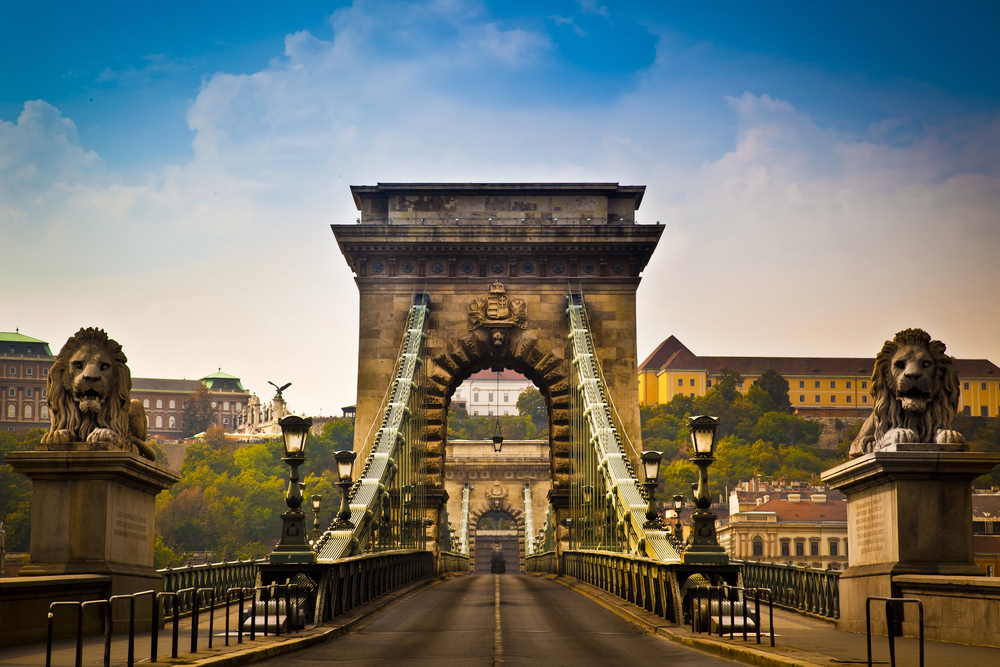
These forgotten towns remind us that every community has a unique story worth
preserving, no matter how small or obscure. Their tales of resilience, innovation, and
cultural preservation offer valuable lessons for modern society.
Whether adapting to industrial decline, preserving traditional ways of life, or
reimagining their futures, these communities demonstrate remarkable
resourcefulness. As travel patterns evolve and visitors seek authentic experiences
off the beaten path, these forgotten towns may find new life through cultural tourism
and heritage preservation.
More from Travel Pug

- 15 Dangerous European Cities to Avoid
- 15 Caribbean Islands Where Tourists Keep Getting Scammed
- The 20 Most Fascinating Abandoned Places: A Journey Through Time and Forgotten Spaces
- 15 Hidden Places in the Smithsonian Museums Locals Love: A Guide to Lesser-Known Treasures
- 16 Hidden Florida Beach Towns That Aren’t Overrun with Tourists
Like Travel Pug’s content? Follow us on MSN.
